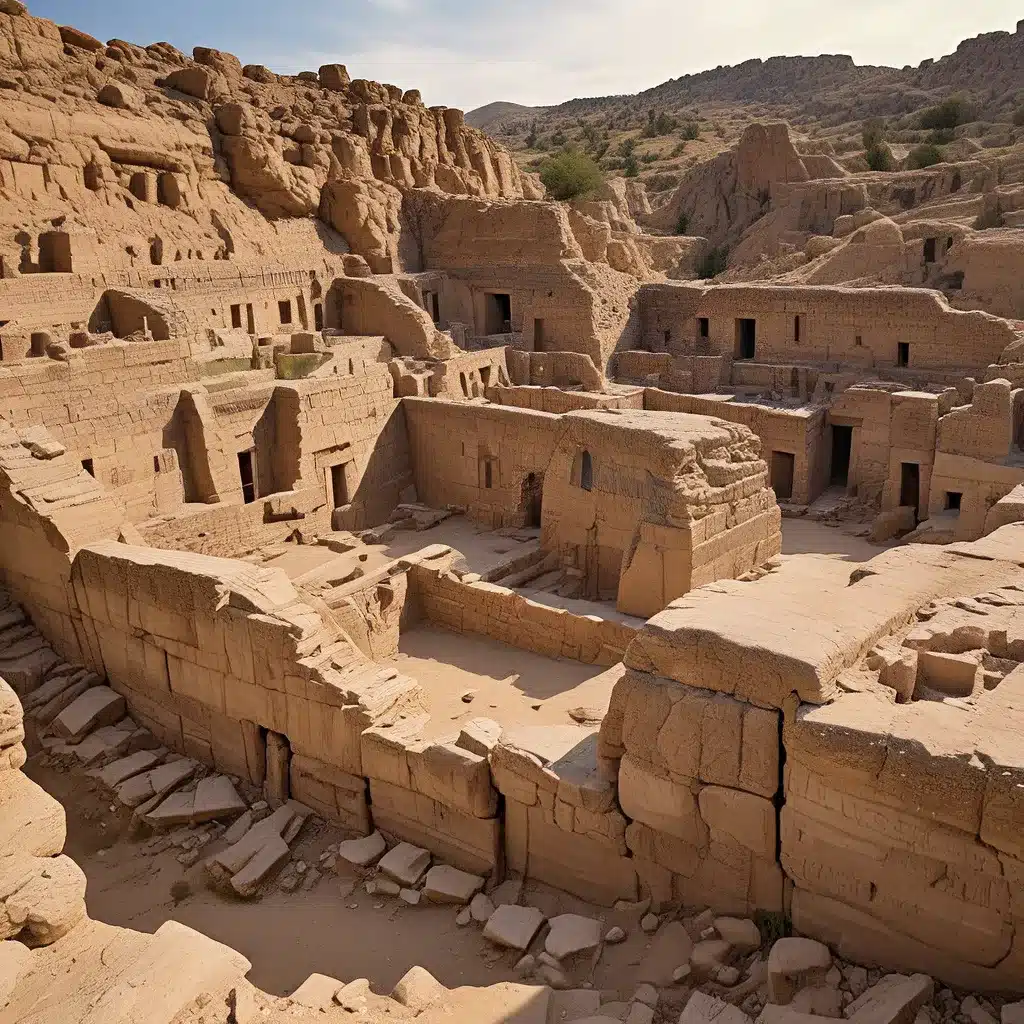
Unveiling the Secrets of Ancient Civilizations
Humanity’s fascination with the ancient world has long been fueled by the tantalizing glimpses of lost cultures and civilizations that emerge through the lens of archaeology. From the majestic ruins of ancient empires to the enigmatic artifacts that grace museum shelves, each new discovery serves as a gateway to understanding the past, shedding light on the lives, beliefs, and innovations of our ancestors.
In the ever-evolving field of archaeology, researchers continuously uncover new evidence that challenges existing narratives and sparks intriguing theories about the mysteries of the past. These archaeological epiphanies not only captivate the public’s imagination but also push the boundaries of our understanding of human history.
Uncovering the Magi’s Journey
One such captivating mystery lies in the story of the Magi, the wise men from the East who visited the newborn Jesus as recounted in the Gospel of Matthew. This enigmatic tale has long been a source of fascination, with scholars and historians grappling to reconcile the diverse accounts and uncover the historical truth behind the events.
The visit of the Magi is a crucial episode in the narrative of Jesus’ birth, yet it has often been dismissed by critics as a purely literary construct, devoid of any factual basis. However, as we delve deeper into the historical context and the geopolitical landscape of the time, a more nuanced and plausible interpretation emerges.
Unraveling the Magi’s Identity
The term “Magi” has often been associated with practitioners of the occult, leading some to dismiss their role in the nativity story. However, a closer examination reveals a much more profound significance. The Magi were not merely wandering fortune-tellers but were, in fact, members of a highly respected and influential religious caste within the Parthian Empire, a powerful rival to the Roman Empire in the ancient Near East.
These Zoroastrian priests were renowned for their astrological knowledge and their role as advisors to the Parthian rulers. Their arrival in Jerusalem, seeking the “King of the Jews,” would have sent shockwaves through Herod’s court, as the Herodian dynasty had secured its power through the patronage of Rome.
Navigating the Geopolitical Landscape
The presence of the Magi in this narrative must be understood within the broader geopolitical context of the time. The Parthian Empire, which stretched from the Mediterranean to the borders of India, had long been a thorn in the side of the Romans, engaging in a constant struggle for influence and control over the buffer states between the two empires.
In this volatile environment, the arrival of the Magi, seeking a new king in Judea, would have been seen as a potential threat to Herod’s precarious hold on power, prompting his desperate attempts to eliminate the perceived rival. The flight of the Holy Family to Egypt can be understood as a strategic retreat to avoid the wrath of the paranoid Herod, who was notorious for his brutal suppression of any perceived challenges to his authority.
Unraveling the Mysteries of the Past
The story of the Magi’s visit to the infant Jesus is but one example of the many archaeological epiphanies that continue to captivate scholars and the public alike. As we delve deeper into the past, each new discovery, each reinterpretation of historical evidence, and each emerging theory opens up new avenues for understanding the complexities and nuances of ancient civilizations.
Unearthing the Secrets of Ancient Cultures
From the enigmatic pyramids of Egypt to the sophisticated engineering of the Inca Empire, archaeologists have uncovered a wealth of artifacts and architectural wonders that shed light on the ingenuity, beliefs, and social structures of bygone eras. These physical remnants of the past serve as a tangible connection to the lives and experiences of our ancestors, inspiring us to reimagine the world they inhabited.
Newly discovered sites, such as the lost city of Uispa in South America or the underwater ruins of the ancient Greek city of Olous, have captivated the public’s imagination, sparking renewed interest in the study of ancient civilizations and the innovative techniques used to uncover their secrets.
Challenging Established Narratives
As our understanding of the past evolves, so too do the theories and interpretations that shape our perception of history. Emerging evidence from archaeological digs, as well as the reexamination of existing data, has led to the reevaluation of long-held beliefs and the challenging of established narratives.
For example, the ongoing debate surrounding the origins of the Olmec civilization in Mesoamerica has led to the questioning of traditional assumptions about the development of complex societies in the region. Similarly, the discovery of sophisticated engineering feats, such as the ancient Nazca lines in Peru, has challenged the notion that ancient cultures lacked the technological and organizational capabilities to undertake such ambitious projects.
Embracing the Unknown
As we continue to uncover the mysteries of the past, we must remain open to the possibility of new discoveries and the reinterpretation of existing knowledge. The field of archaeology is a constantly evolving landscape, where epiphanies and paradigm shifts are as much a part of the process as the meticulous excavation of artifacts and the careful analysis of data.
By embracing the unknown and the unexpected, we can expand our understanding of the human experience, appreciate the ingenuity and resilience of our ancestors, and uncover the profound insights that can guide us in navigating the complexities of the present and the future. The archaeological epiphanies of the past serve as a testament to the enduring power of human curiosity and the transformative potential of our collective quest for knowledge.


